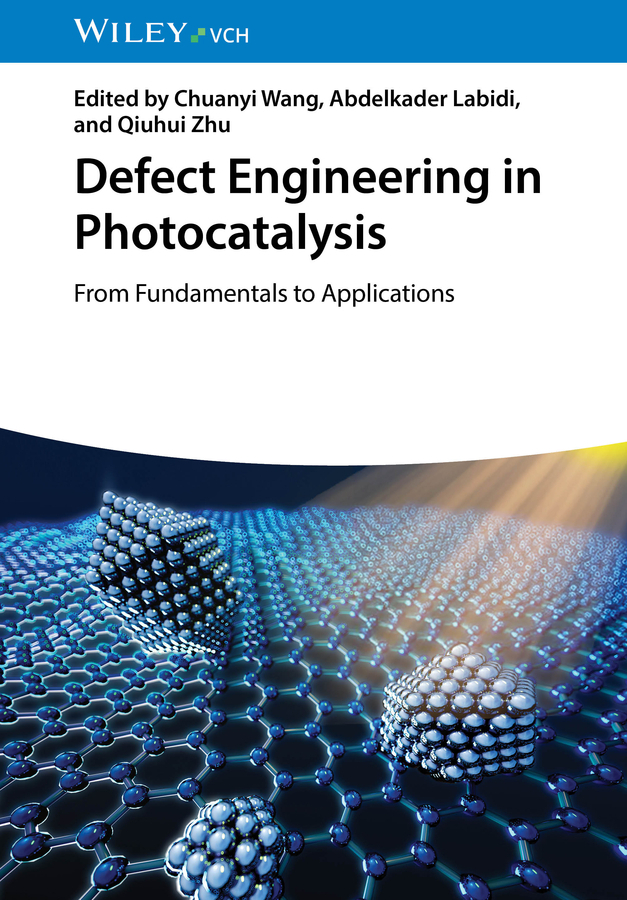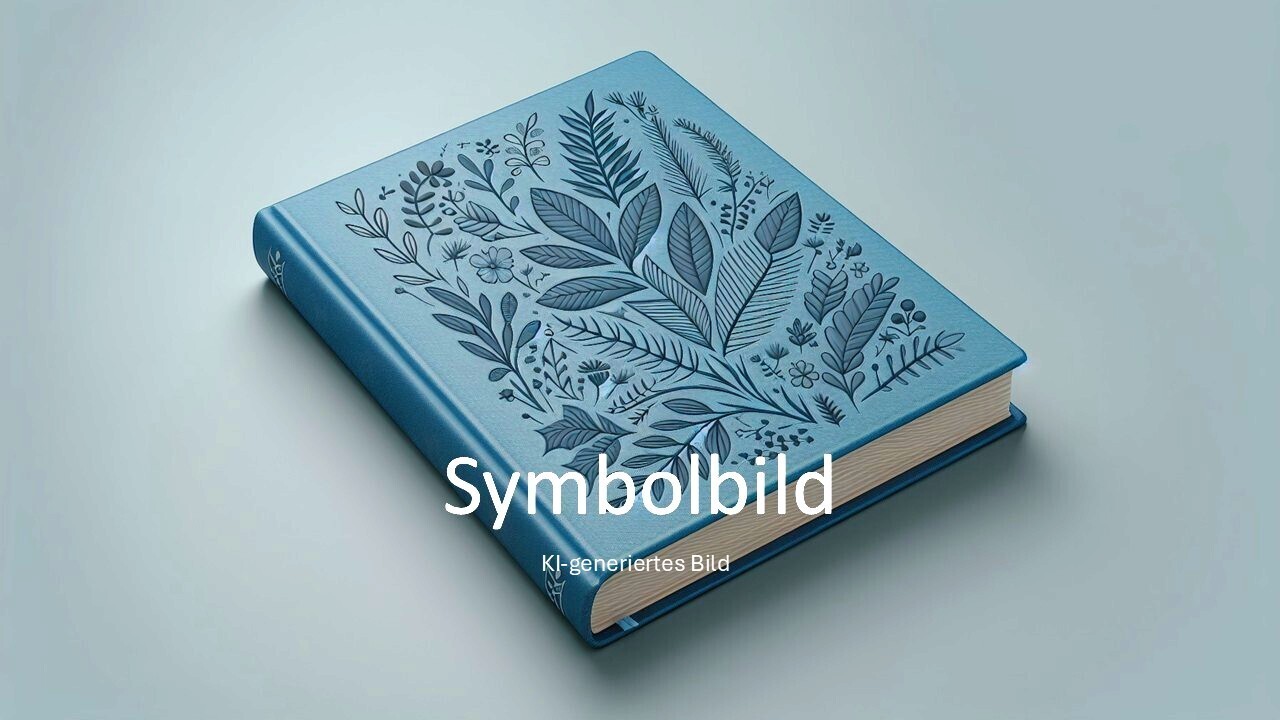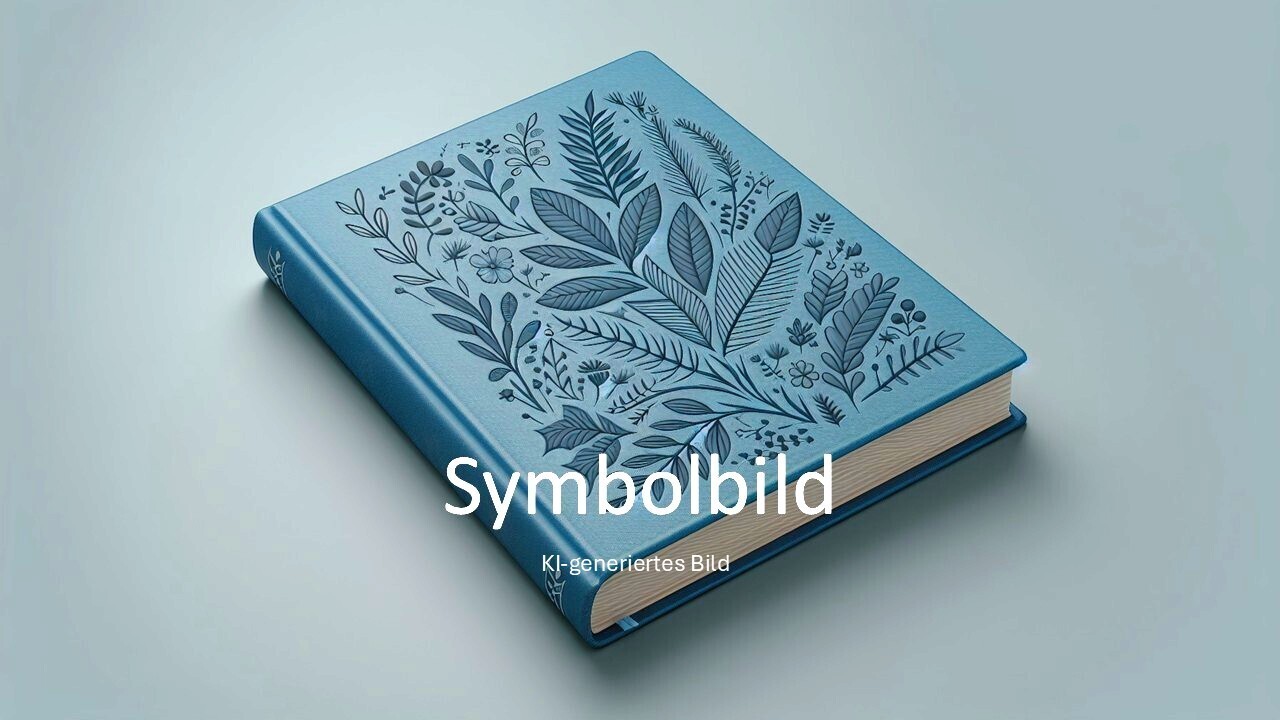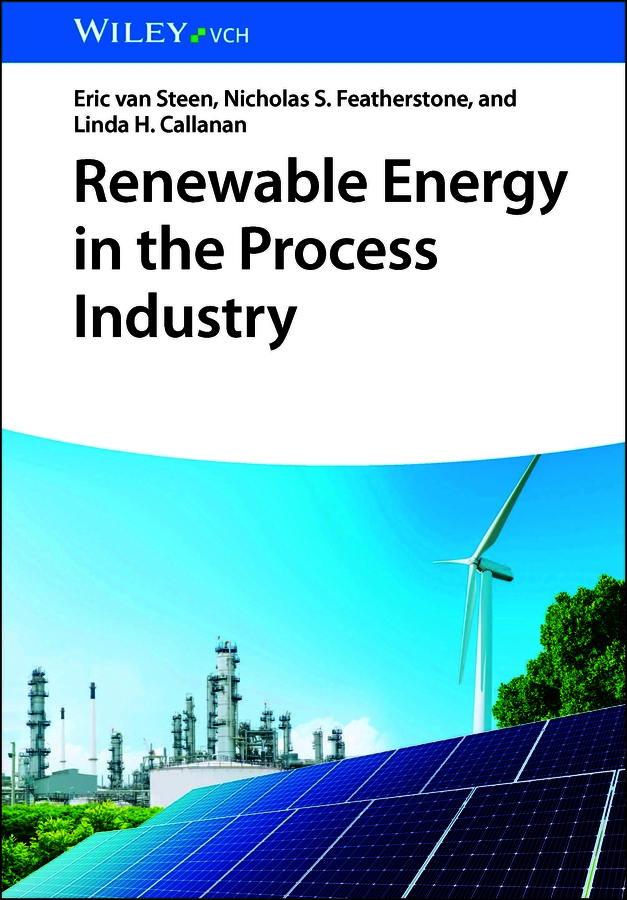Metal Nanocluster Catalysis
From Fundamentals to Applications
Metal Nanocluster Catalysis
From Fundamentals to Applications
The book covers three kinds of metal nanoclusters that have been widely employed in catalysis: (i) in-situ generated metal nanoclusters, which are spontaneously formed by metal catalysts during the reaction; (ii) supported metal nanoclusters, which are obtained by loading the active metal nanoclusters on relatively robust supports, such as carbon nanomaterials (carbon nanotube, graphene?), metallic oxides (TiO2, SiO2, CeO2?), etc; (iii) organic ligand protected metal nanoclusters, which have defined molecular formulas and atomically precise structures, and can be designed and synthesized by wet-chemical reduction methods and other recently developed methods. It also introduces each metal nanocluster catalysis from its formation processes to their unique structures, and then to their catalytic performance and catalytic mechanisms. In addition, this book describes their catalytic activities in photo-, electro- and enzyme-mediated processes. Finally, the application of metal nanoclusters in industrial catalysis and the opportunities and challenges of metal nanocluster catalysis have also been discussed. This book serves as a valuable reference for the wide readership in both academic and industrial research to understand the current progress as well as the fundamental theory and applications of metal nanocluster catalysis.
Preface
Preface
Chapter 1. Introduction to metal nanocluster catalysis
1.1 Catalysis and metal catalysts
1.2 Single metal atom, metal nanocluster and metal nanoparticle
1.3 Metal nanocluster catalysis: activity
1.4 Metal nanocluster catalysis: selectivity
1.5 Metal nanocluster catalysis: mechanism
Chapter 2. In-situ generated metal nanocluster catalysis
2.1 Catalytic hydrogenation
2.2 Catalytic oxidation
2.3 Catalytic borylation
2.4 Catalytic cross-coupling reactions
Chapter 3. Immobilized metal nanocluster catalysis
3.1 Carbon nanomaterial immobilized metal nanocluster
3.2 Metal or metallic oxide immobilized metal nanocluster
3.3 Polymer or supermolecule immobilized metal nanocluster
3.4 Dendrimer immobilized metal nanocluster
3.5 Biomolecule immobilized metal nanoclusters
3.6 New types of supports immobilized metal nanoclusters
Chapter 4. Organic ligand protected metal nanocluster catalysis
4.1 Synthesis, characterization and atomically precise structure
4.2 Thiolate-protected metal nanocluster for catalysis
4.3 Phosphine-protected metal nanocluster for catalysis
4.4 Alkyne-protected metal nanocluster for catalysis
4.5 Carbene-protected metal nanocluster for catalysis
4.6 Nitrogen-based ligand-protected metal nanocluster for catalysis
4.7 Isomeric metal nanocluster catalysis and nanocluster asymmetric catalysis
Chapter 5. Metal nanocluster photo-catalysis
5.1 Metal nanocluster photophysical property
5.2 Metal nanocluster photocatalytic property
5.3 Metal nanocluster energy transfer
5.4 Metal nanocluster electron transfer
Chapter 6. Metal nanocluster electro-catalysis
6.1 Metal nanocluster electrochemical property
6.2 Metal nanocluster heterogeneous electrode
6.3 Metal nanocluster homogeneous electrocatalyst
Chapter 7. Metal nanocluster enzyme-catalysis
7.1 Nano-enzyme and cluster-enzyme
7.2 Catalytic performance of metal nanocluster enzyme
Chapter 8. Metal nanocluster industrial catalysis
8.1 Metal nanocluster large-scale preparation
8.2 Metal nanocluster recyclability
8.3 Metal nanocluster catalysis in environmental and sustainable chemistry
Chapter 9. Conclusion and perspective
9.1 Metal nanocluster catalysis: opportunity
9.2 Metal nanocluster catalysis: challenge
| ISBN | 9783527355266 |
|---|---|
| Artikelnummer | 9783527355266 |
| Medientyp | Buch |
| Auflage | 1. Auflage |
| Copyrightjahr | 2026 |
| Verlag | Wiley-VCH |
| Umfang | 336 Seiten |
| Sprache | Englisch |










